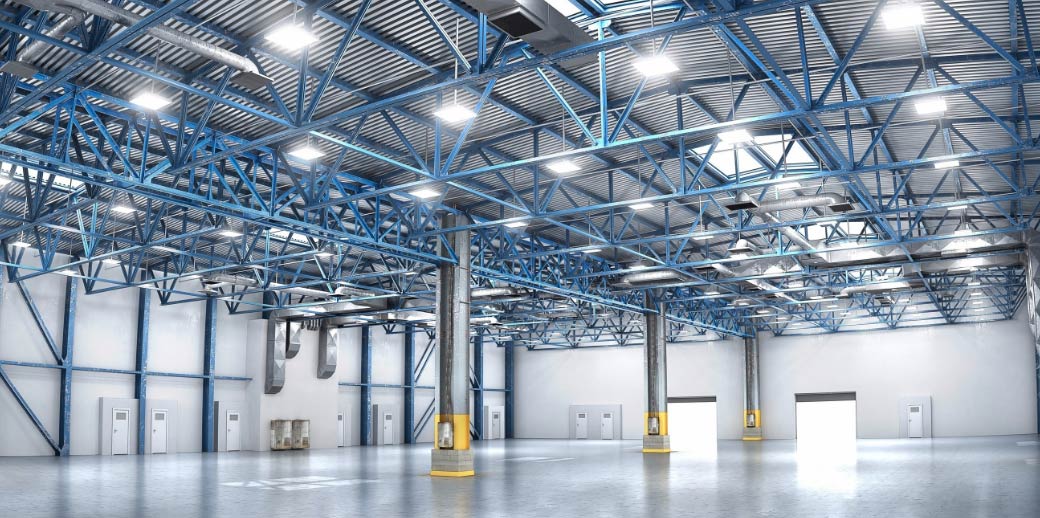LED’s Shed New Light On T-Bulbs.
Natural and “Green” products looked to be a trend 7-10 years ago, however they have now transitioned into a corporate commodity, in both goods and services. Commercial buildings are no exception. When incandescent bulbs transitioned into halogen, it was all the rage. Then Halogen went to fluorescent and it was expected to stick around, at least long enough for the lighting systems to fully depreciate. However, light-emitting diodes threw a wrench into that plan and circumvented fluorescent exposure.
Efficiency: In the summer of 2012 the US stopped its manufacturing and importing of most, if not all T12 lamps, including the standard 4’, 8’, and even 2’ U-lamps used in most commercial buildings. With the Environmental Protection Agency recommending retrofitting all lighting systems, the T8 grew to prominence because they were smaller, energy efficient, and lasted longer. They also reduced the usage of fossil-based fuels and harmful mercury agents.
If implementing an entirely new lighting system is on your horizon. Switching to an LED arrangement is without question. Not only do the bulbs use less energy, they are brighter, last longer, and are unequivocally more environmentally friendly.
Cost Benefit: Industry insider Kris Farver explained the opportunity cost of LED systems and the ease of mind associated with the transition. He explained how the cost benefit was easy to realize early on for system investors, and that a 3-year ROI was standard for making the switch. Additionally, the economies of scale-based savings of the LED systems were explained in a simplistic nature. The larger the system integration, the larger the savings; the more energy utilized, the more savings on electricity.
However, for Farver, the key factor for system conversion was the lack of maintenance needed for LED fixtures. They contain no glass, which provides a durability difference between the two. The demand for an on-site technician to change the T-variable bulbs creates a scheduling need that could leave the distressed area without light for an unspecified amount of time.
Conclusion: If you are leasing a building, then this question re-appropriates itself as a no-brainer. The implementation of new lighting systems can be added to the tenant improvement plan with the marketing appeal of a “Greener, more efficient” building.
Times will continually change, and with technologic growth churning at unprecedented rates, innovative products will circumvent the old. However, the real question will remain was the decision to remain with the old more financially sound than running with the new.
Contributing: Trey Fricke and Reid Bassinger with Lee and Associates in Dallas/Fort worth, a commercial real estate brokers and specialists in environmentally sound energy integrations.
Awarded: The Orion Environmental Stewardship Award – for significant reductions in energy usage Over 30 recent energy efficient lighting projects – totaling in the emission of energy efficient lighting spread over 3.5 million square feet of industrial space First to market with LED Fixtures in the Dallas-Fort Worth Metroplex
